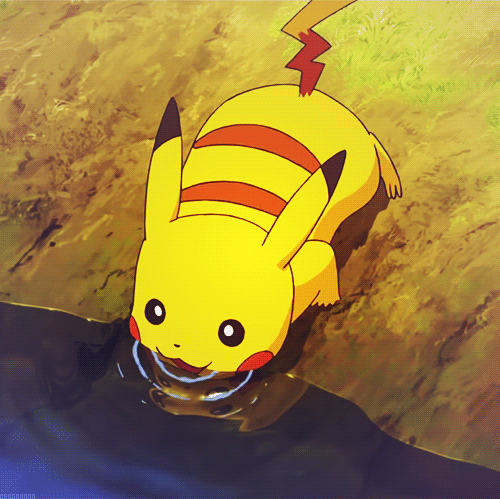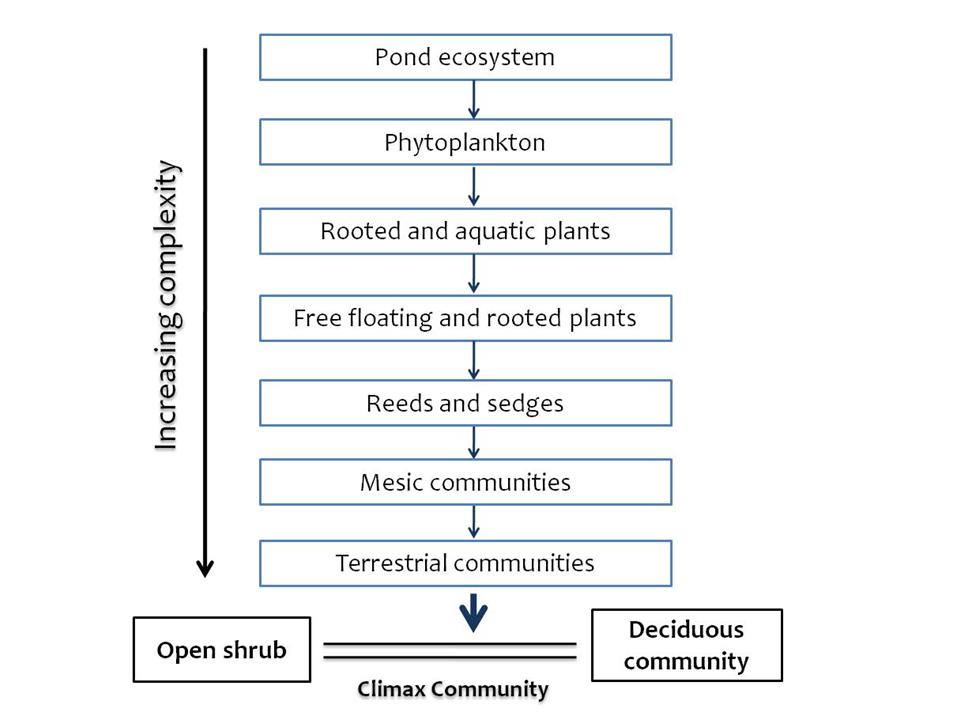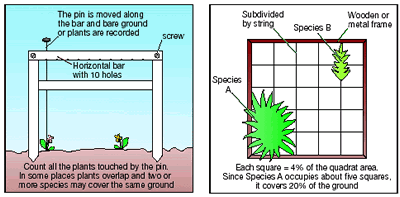- Conservation Of Habitats -
Conservation is the protection and management of species and habitats in a sustainable way.
What are the main reasons for conservations?
- Personal - maintaining our planet // supporting our life support system.
- Ethical - other species should be able to co-exist with us since they have been here for a much longer time than we have.
- Economics - long term productivity is greater if ecosystems are maintained in their natural (balanced) states. These organisms have a vast genetic pool of genes which have a capacity to make millions of substances // substances = valuable future sources.
- Culture and Aesthetic - Habitats provide variety to the environment and everyday life, for example, inspiring many writers or providing entertainment.
--------------------------------------------------------------------------------------------------------------------------
Remember -
PEECA
Like PieCaChu - from Pokémon
P - Personal
E - Ethical
E - Economics
C - Culture
A - Aesthetics
--------------------------------------------------------------------------------------------------------------------------
- So how are we able to conserve habitats by managing succession -
Species that had existed in the earlier stages no longer exist in the present due to the climax community. Their habitats have been destroyed as a result of succession or other species have out-competed the pioneering species, another would be due to human activities.
By conserving the habitats you would be able to prevent a change to the next stage so the species do not exist when it could have been prevented.
If the factors effecting further development of succession is removed then the ecosystem would develop in to a climax community naturally // = secondary succession.
What are the problems with conservation of habitats?
There are conflicts with human needs and conservations, farming and habitats have always been a problem.
With farming, the grass is needed for the cattle, however the cattle grazing using the grass would reduce the habitats for other species. Therefore a balance would need to be found between the two and to also maintain the sustainability of natural resources.










